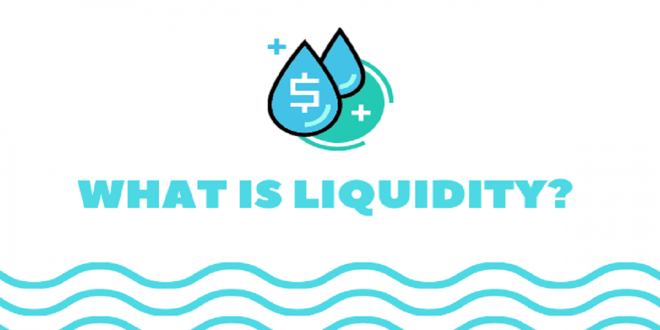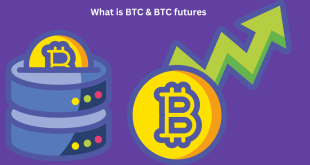Liquidity is often confused with volatility, but they are different concepts.
Liquidity is the ability of assets to be sold quickly at a price close to the market price.
Win-Win-Win! iPhone 13 Pro Max from LiteFinance
-2022 New Year Promo Giveaway | LiteFinance
Liquid Currency can exchange a liquid currency for another asset. There are always many sellers and buyers in the liquid market, and the spread will be minimal.
But right after some critical news is out, buyers and sellers disappear from the market, and the currency turns liquid to volatile.
However, there is no strict inverse correlation between these phenomena. This article will take you one step ahead to learn more about this, as well as what liquidity is, what it depends on, and much more.
Which Market is the Most Liquid?
Logically, the minor liquid markets are the markets of antiques and collectibles, where there is a relatively small turnover of capital and, most importantly, few participants. The stock and foreign exchange markets are different.
Many people believe that the stock market is more liquid.
At least because the turnover of the over-the-counter currency market is practically impossible to estimate accurately, but can you buy a share in two clicks with 10 dollars?
Now, what about currency? That is why I think the liquidity of the foreign exchange market is most promising for a private investor with small capital.
Win-Win-Win! iPhone 13 Pro Max from LiteFinance
-2022 New Year Promo Giveaway | LiteFinance
The liquidity of a currency is the ability to exchange one currency unit for another quickly. The faster exchange can do this, the more liquid the unit is.
Another most important thing to keep in the mind, Freely convertible currencies are the most liquid.
The US dollar and the euro are highly liquid currencies, while the EUR/USD pair is highly liquid.
There is always a relatively equal number of buyers and sellers (or an equal ratio of supply and demand).
Liquidity reflects the interest of market participants both as the absolute number of traders and the volume of trades per time unit.
Example: There is a market in which ten sellers are ready to give 5 euros. The buyer needs 45 euros
– and the market size is 50 euros (10*5). For the buyer, this is a highly liquid market.
Traders often confuse liquidity and volatility. Volatility is the amplitude of changes in price per time unit.
In a highly liquid market, the price chart does not have sharp spikes in one direction or another since purchases and sales are carried out almost instantly at fair prices.
Characteristics of Liquid Currencies:
Small Spread (difference between the buy and sell prices).
If the currency is not attractive to buyers, the seller will have to lower the price until one of the buyers is interested in it.
Free access to information.
If liquid currencies are fascinating to most traders, they are also attractive to analysts, news agencies, etc. You can find information about illiquid currencies mainly in the sources.
Market formation of quotes.
The supply and demand ratio helps determine the quotes of highly liquid currencies. Illiquid (low-liquid) currencies are most often strictly regulated by central banks.
Economic Development
Low-liquid currencies are the currencies of developing countries.
And remember, Low-liquid currencies are the currencies of developing countries.
Although freely convertible currencies are considered the most liquid pairs, a situation is possible when an asset’s price falls and cannot sell due to a lack of buyers.
 Earn Money Forex Best Forex Trading Experience
Earn Money Forex Best Forex Trading Experience








